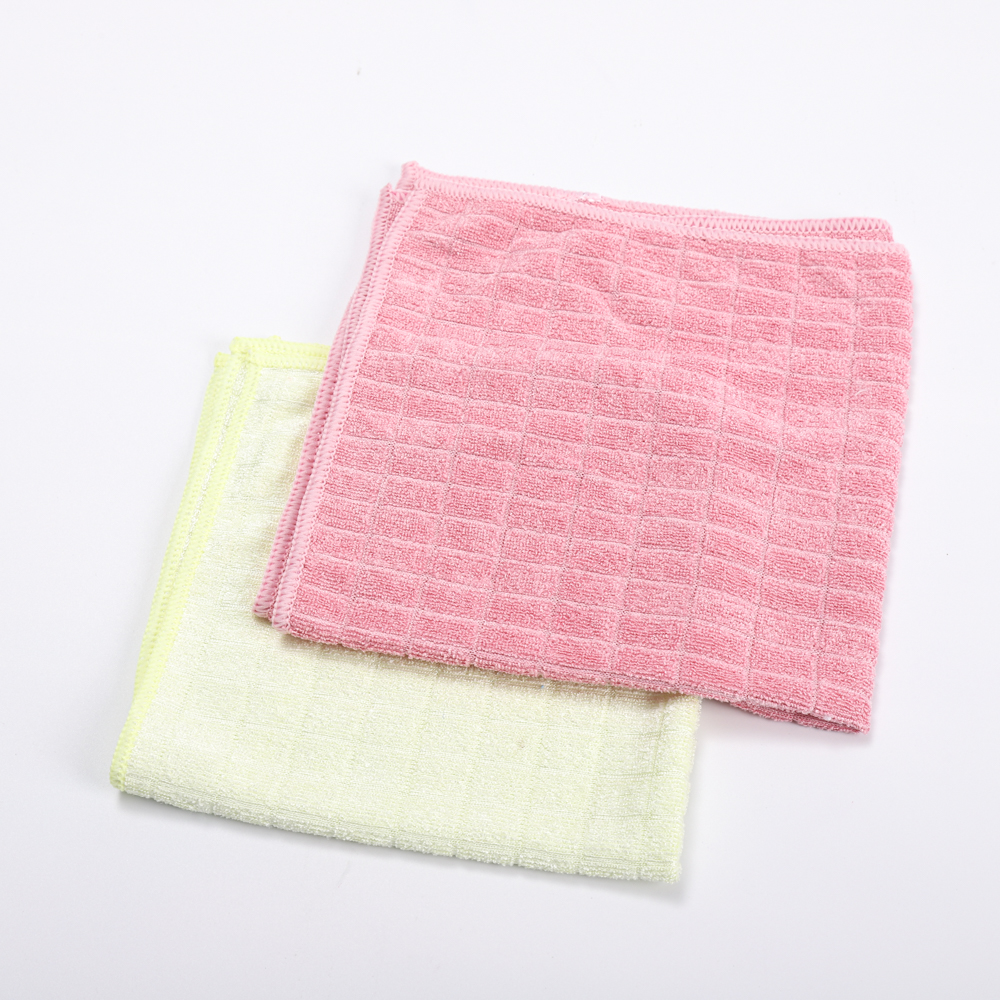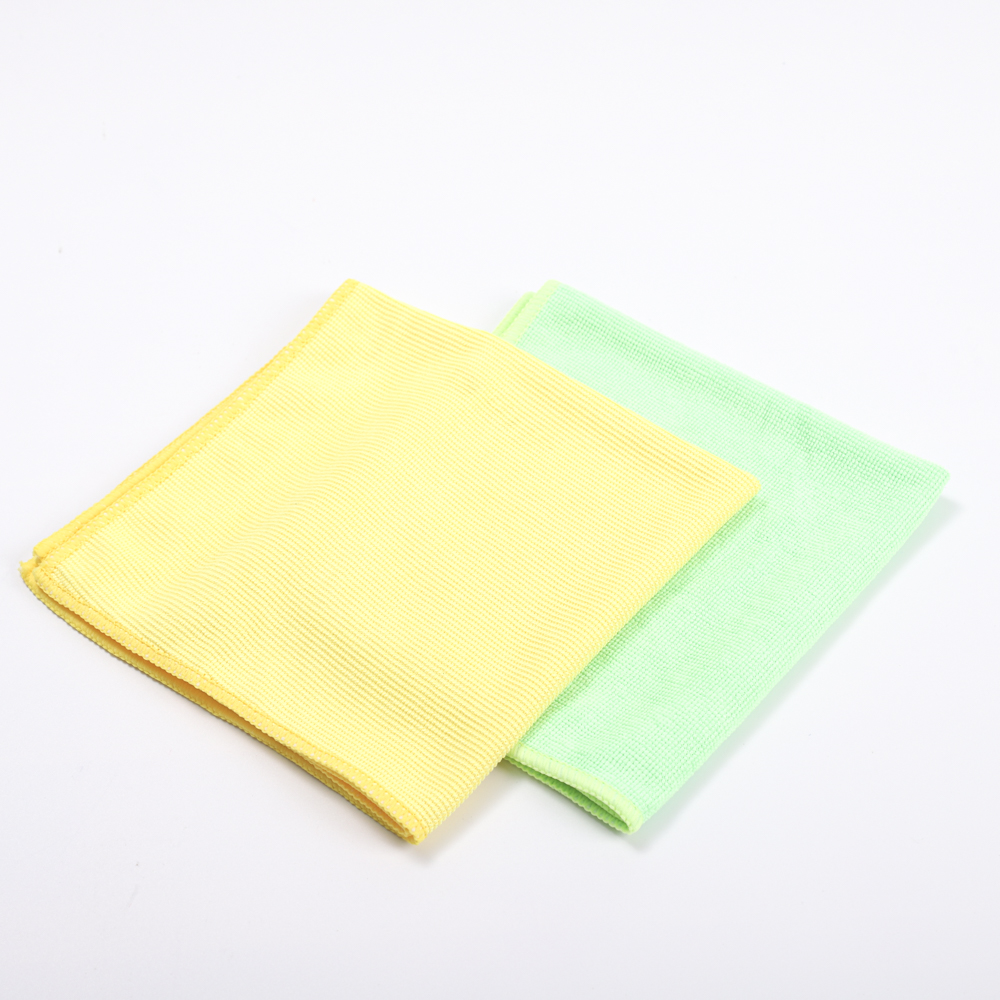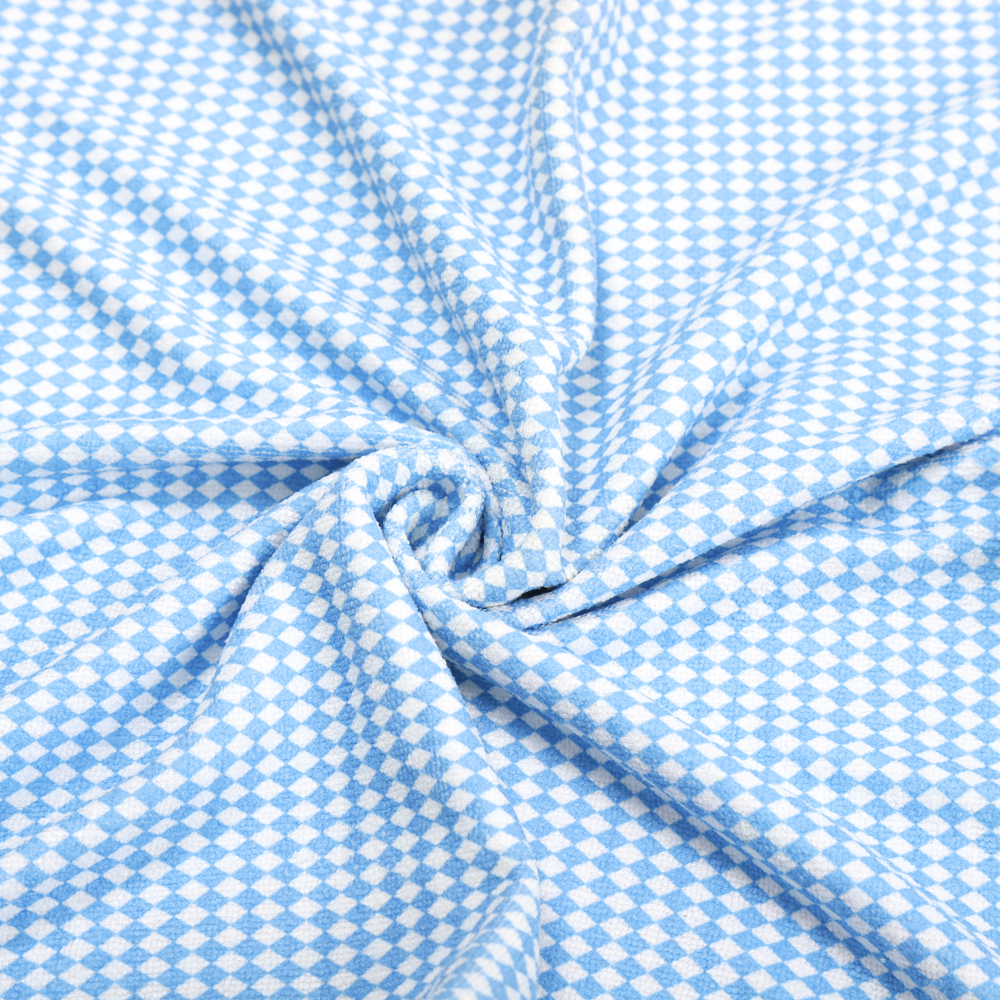3. Blocked version
In gravure printing, the transfer rate of the ink from the mesh is usually about 50-70%, and about 1/2-1/3 of the ink always remains in the mesh. This residual rate is certainly not a problem if it is kept constant, but in the printing process, for some reason, the ink residual rate in the mesh increases, and the ink transfer rate also decreases. This caused a plastic gravure jam blocking failure.
After a blockage occurs, the printed pattern and text will be blurred and the color of the printing will change. When the blockage is severe, printing cannot be performed. Especially shallow parts are prone to occur.
the reason:
(1) The ink is solid in the plate
Although the transfer rate of the ink in the gravure roller mesh (that is, the ratio of transfer to the surface of the printed object) is usually determined by factors such as ink type, viscosity, and printing speed, in any case, there is always 1/2-1/3 of the ink remains in the mesh. When these residual parts are subjected to dry solidification (viscosity increase) due to certain factors, it is difficult to completely dissolve the plate cylinder once it enters the ink tank again, and the ink transfer rate decreases accordingly. Over time, the network cable became shallower and lighter, the transfer rate was getting lower and lower, and finally the plugging failure was formed. This type of plugging failure was of course related to factors such as ink type, solvent, and drying speed, and the construction of the printing press also had a great influence.
(2) mixed impurities
At the time of gravure printing, the printed substrate (film) tends to generate static electricity due to high-speed operation, and the impurities of the surrounding dust and the like are adsorbed by the electrostatic force and these impurities are brought into the ink.
(3) Low quality of plate making
The plate of a gravure printing cylinder is first made of aluminum by etching or engraving of a copper surface, and is then subjected to a grinding process. In these processes, the chrome-plated uneven surface produced by the inner wall of the ink mesh due to corrosion or engraving and the burrs generated during grinding and the omega-type meshes also have a certain influence on the transfer rate of the ink. In severe cases, they often cause transfer. The rate is low and it becomes the cause of blocking the layout.
(4) Poor dissolution (deterioration)
In the case of deterioration of the ink or change in the solvent balance, dissolving power is lowered or mixed with different inks, misuse of other poor solvents, etc., resulting in dissolution and deterioration, resulting in a low transfer rate, and also directly causing blockage.
(5) Chemical changes
With the progress of printing, two-component inks or reactive inks will gradually undergo cross-linking and other chemical reactions, resulting in poor fluidity, increased viscosity, and a reduced transfer rate, which may also be one of the reasons for blockage.
Solution:
(1) When a gravitational plate jam occurs, use a solvent or a special cleaning agent to clean it and solve the cause of the blockage.
(2) Adjust the appropriate temperature and humidity, and select the solvent drying rate that is compatible with the printing speed and the printing environment.
(3) The distance between the squeegee and the embossing roller is as short as possible to prevent the hot air leaking from the dry box from directly blowing the plate.
(4) Use a slow-drying solvent in combination to appropriately increase the printing speed and reduce the viscosity of the working ink.
(5) In case of defects in the ink properties, replace the ink in time (or contact the ink supplier for resolution) and try to avoid color combinations with significant differences in the ink specific gravity.
(6) The ink in the ink tank should be stirred frequently, so that the ink in each part is in a flowing state, and new ink or new ink is added in time to reduce the occurrence of film formation.
(7) When it is caused by the quality of the inner wall of the platemaking mesh, it should be replated or revised.
(8) Wipe the test roller with solvent before starting or just starting the machine. During the printing process, as far as possible, avoid half-way stoppage. When the machine is shut down for a long time, it must be cleaned first, or the roller should be immersed in the ink and continuously idling.
(9) In fresh inks, due to temperature differences and other factors, when additives such as waxes and waxes are crystallized, try to dissolve the ink (40-50°C) before use.
(10) Misuse of solvents, deterioration, mixing with dissimilar inks, etc., will significantly affect the re-dissolvability of the ink. Therefore, regular special dilution solvents should be used. The ink should be replaced after thoroughly washing the ink tray and circulating pump.
(to be continued)


